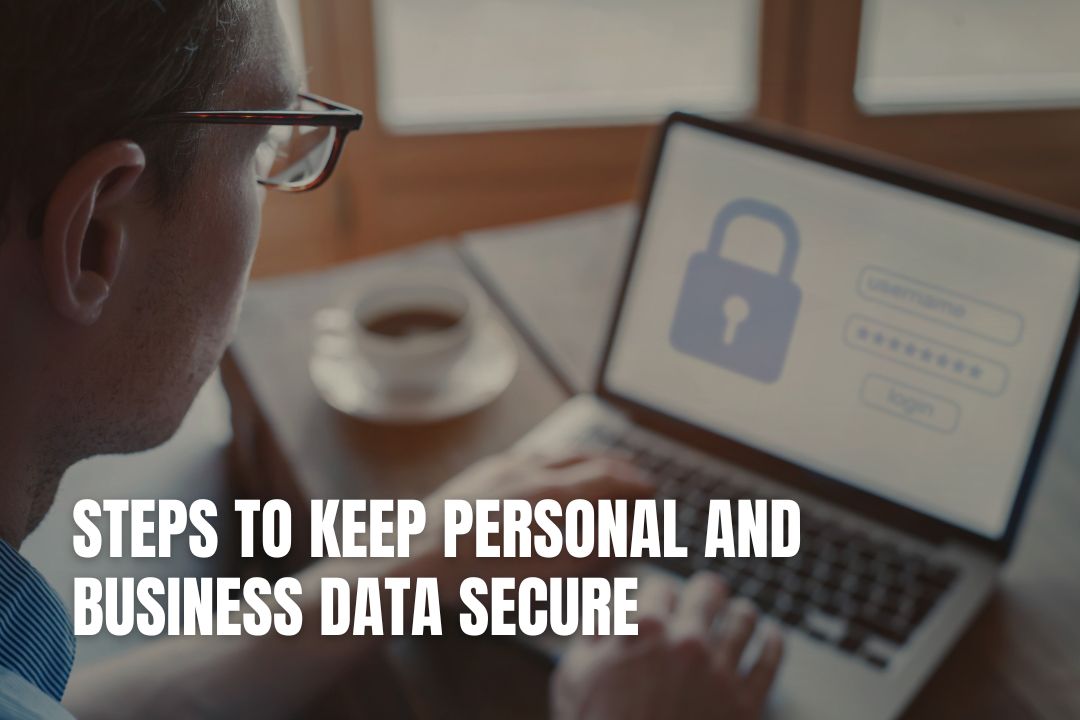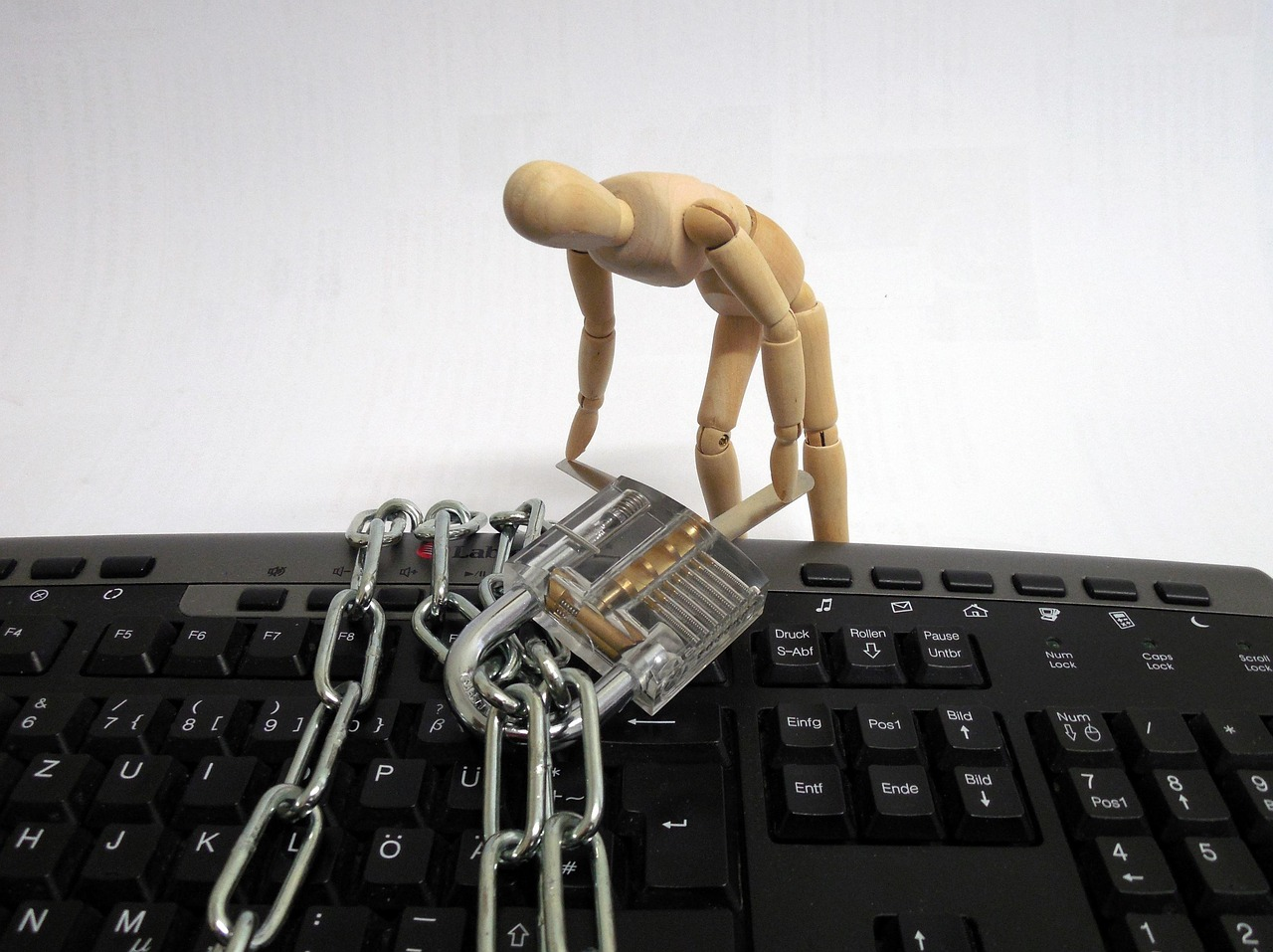
The need to safeguard personal and business information has never been more critical. Data breaches, cyber attacks, and identity theft incidents continue to rise at alarming rates, prompting individuals and organizations alike to prioritize data security. Effective data protection involves a combination of strategies, awareness, and ongoing vigilance. The following sections outline important steps to ensure both personal and business data remain safe from potential threats.

Before implementing security measures, understanding the various types of threats is important. Cybercriminals are constantly evolving their tactics, using sophisticated methods to infiltrate systems and compromise data. These threats can range from phishing attacks, where deceptive emails prompt individuals to divulge sensitive information, to malware that infects systems and steals data.
Insider threats can stem from employees or contractors who misuse their access for personal gain. By being aware of these threats, individuals and businesses can better prepare and defend their data.
Increasing your awareness of identity theft protection is critical. One key element of this involves learning how to prevent identity theft through diligent monitoring of financial accounts and personal information for signs of unauthorized use. By staying informed about best practices for safeguarding personal information, individuals can effectively mitigate their risks.
Understanding the various tactics that thieves employ enables individuals and businesses to remain vigilant and proactive in their defense strategies. Taking the time to explore comprehensive resources about identity theft can provide invaluable insights and strategies that often evade general awareness. Regularly updating this knowledge and applying the recommended practices helps ensure long-term protection against evolving identity theft threats.
One of the simplest yet most effective ways to secure data is through the use of strong passwords. Passwords should be complex, incorporating a mix of upper and lower case letters, numbers, and special characters. Regularly updating passwords and avoiding the use of easily guessed information, such as birthdays or common words, is crucial.
The implementation of multi-factor authentication adds a layer of security, ensuring that even if a password is compromised, unauthorized access is still prevented. This two-step verification process has become a standard practice in securing sensitive accounts.
Encrypting data is another powerful method to protect sensitive information. Encryption transforms data into unreadable formats, only accessible with the correct decryption key. This is important for businesses that handle sensitive customer information or financial transactions.
Tools like Secure Socket Layer (SSL) certificates provide encrypted connections for online transactions, enhancing consumer trust. Encrypted backups ensure that, even in the event of a data breach, the information remains secure from prying eyes. Implementing end-to-end encryption across communication channels can further safeguard confidential data, ensuring that only authorized users can access critical information.
Many cyber attacks exploit vulnerabilities in software. Regular updates are a vital aspect of any security strategy. Keeping systems up to date ensures that known security weaknesses are patched, making it harder for hackers to gain entry.
Businesses should establish a policy for routine software updates for operating systems and for applications and plugins that may introduce security holes. Failing to maintain a current system provides an open door for cybercriminals, jeopardizing sensitive data.
Human error remains one of the leading causes of data breaches. Therefore, training employees on data security practices is indispensable. Regular workshops and training sessions can educate staff about recognizing phishing attempts, proper data handling procedures, and the importance of safeguarding personal information.
A well-informed workforce acts as the first line of defense against potential threats, minimizing risks associated with human error. Fostering a culture of security awareness encourages employees to take their role in data protection seriously.
Accessing sensitive data over unprotected networks, such as public Wi-Fi, poses significant risks. When possible, individuals and businesses should utilize secure connections, such as Virtual Private Networks (VPNs), which encrypt internet traffic, protecting users from potential eavesdroppers.
Businesses should establish secure local networks and avoid using default passwords on routers and devices. Incorporating secure network practices becomes imperative for anyone who requires access to sensitive information remotely. Regularly updating network security protocols and monitoring for unusual activity can strengthen protection against cyber threats, ensuring data remains safe and confidential.

Taking concrete steps to protect personal and business information is not merely advisable. It is crucial. From understanding potential threats to implementing strong security protocols, the path to data security involves constant vigilance and proactive measures. By adhering to these steps, individuals and organizations can confidently safeguard their information against fraught with threats.
Before you can protect your data, you need to understand the threats you face. Learning about common risks like phishing, malware, and even insider threats allows you to create a more targeted and effective security strategy.
Multi-factor authentication (MFA) adds a critical second layer of security to your accounts. Even if a criminal manages to steal your password, they still won't be able to gain access without the second verification step, which is usually a code sent to your phone.
Encryption transforms your data into a complex, unreadable code. Only someone with the correct decryption key can view the original information. This means that even if your data is stolen in a breach, it remains secure and inaccessible to the thieves.
Yes, absolutely. Many cyber attacks exploit known vulnerabilities in outdated software. Developers regularly release updates to patch these security holes, so keeping your systems current is one of the easiest ways to protect yourself from common attacks.
While technical vulnerabilities are a major concern, human error is often cited as one of the leading causes of data breaches. That's why comprehensive employee training, like the kind advocated by security experts at Beacon Inside, is indispensable for creating a secure environment.
Using public Wi-Fi for sensitive tasks is very risky because these networks are often unsecured, making it easy for others to monitor your activity. If you must use one, it is essential to use a Virtual Private Network (VPN) to encrypt your internet traffic and protect your data.